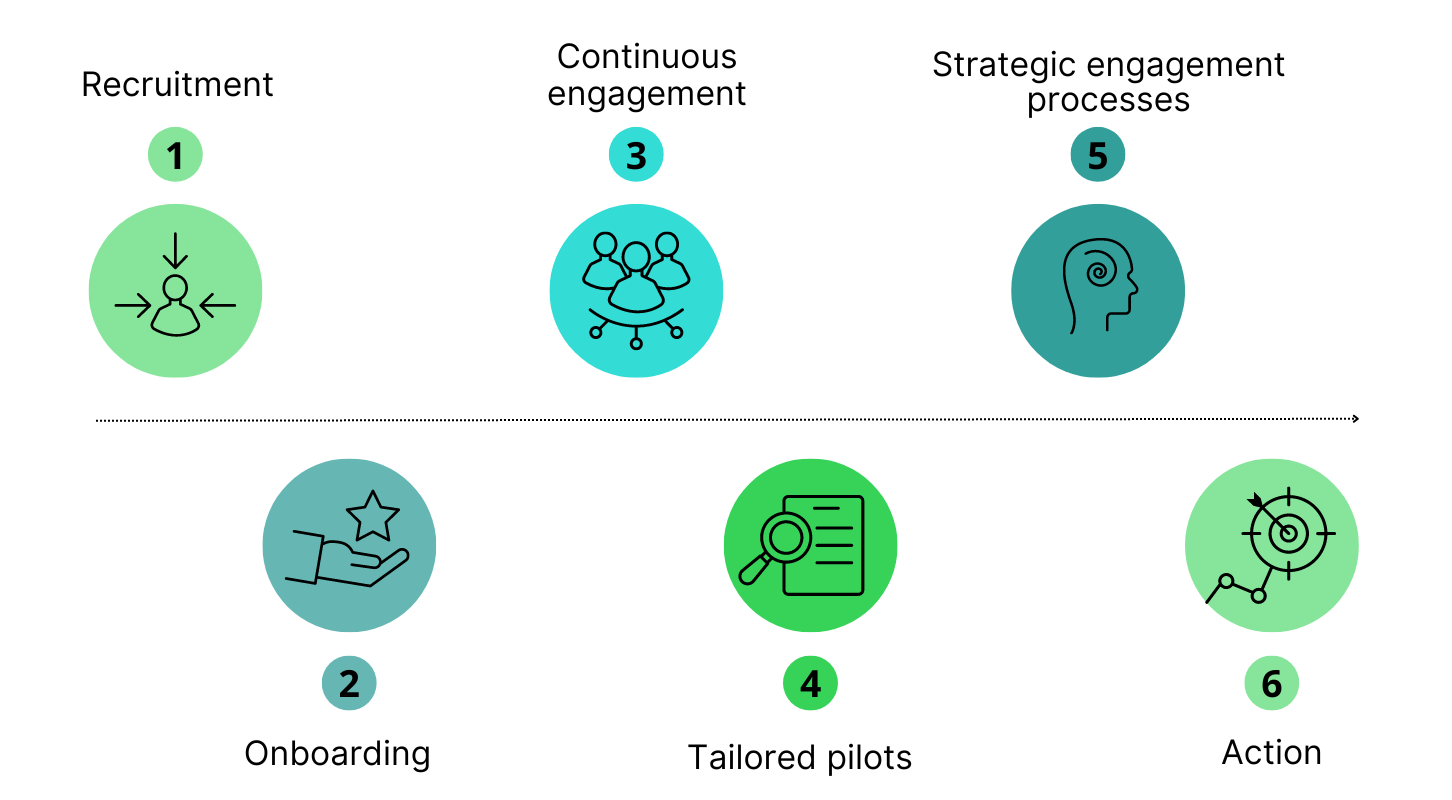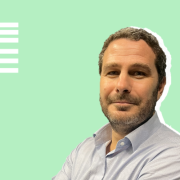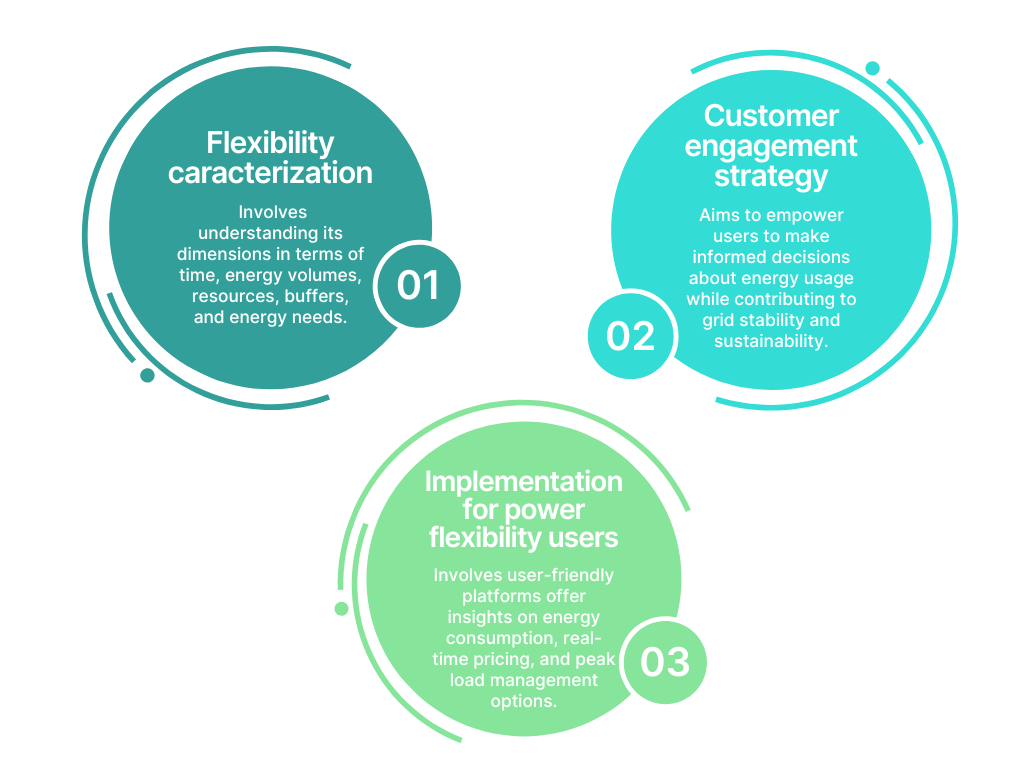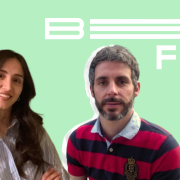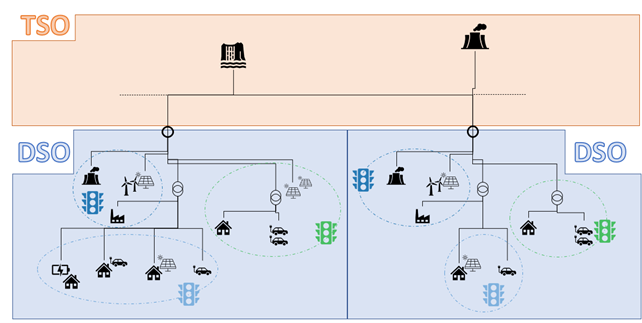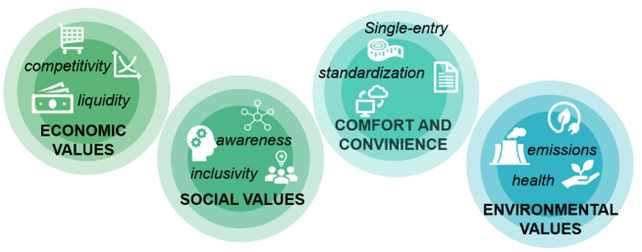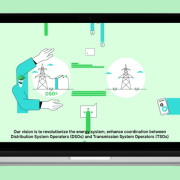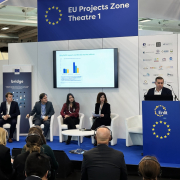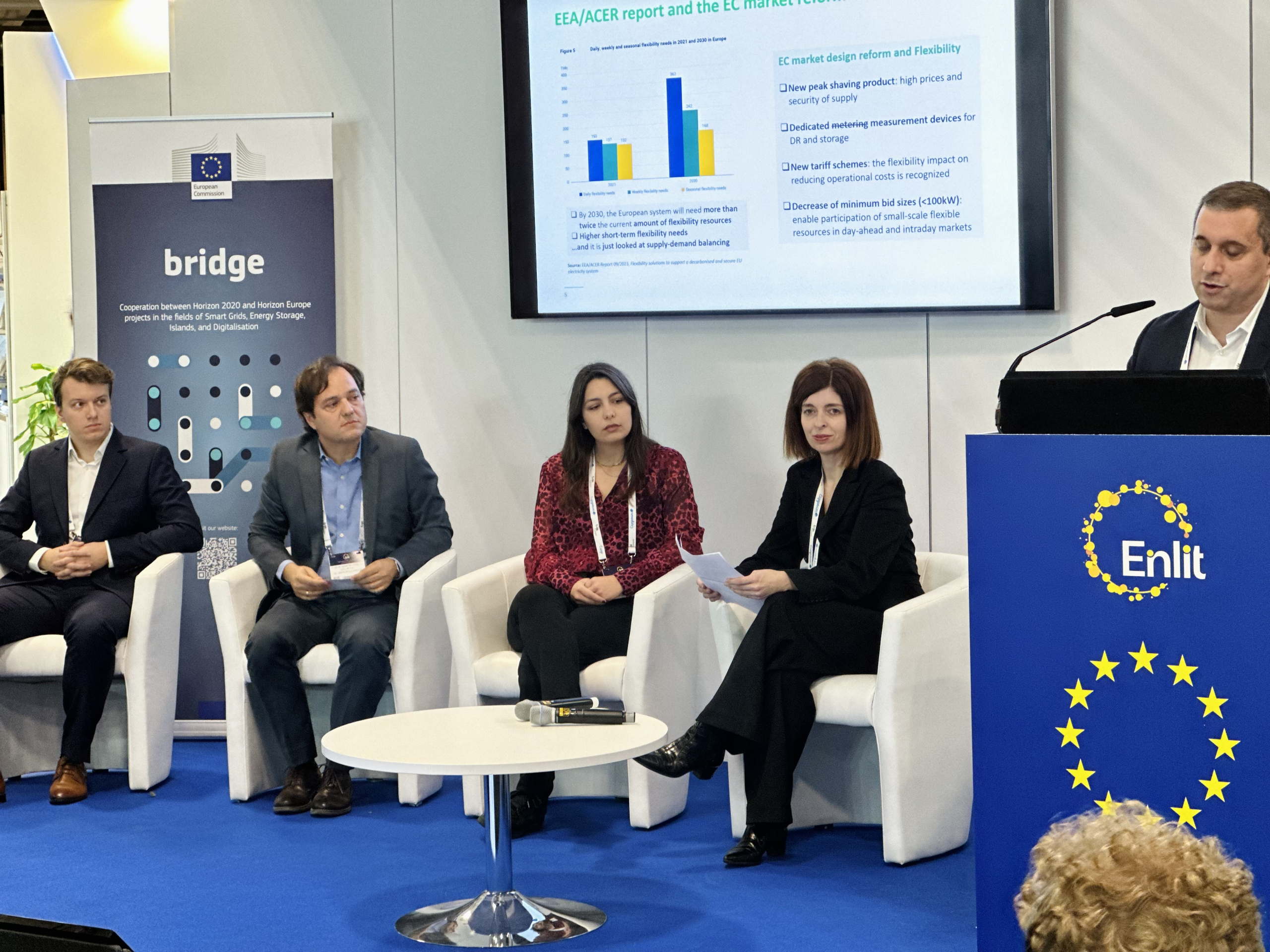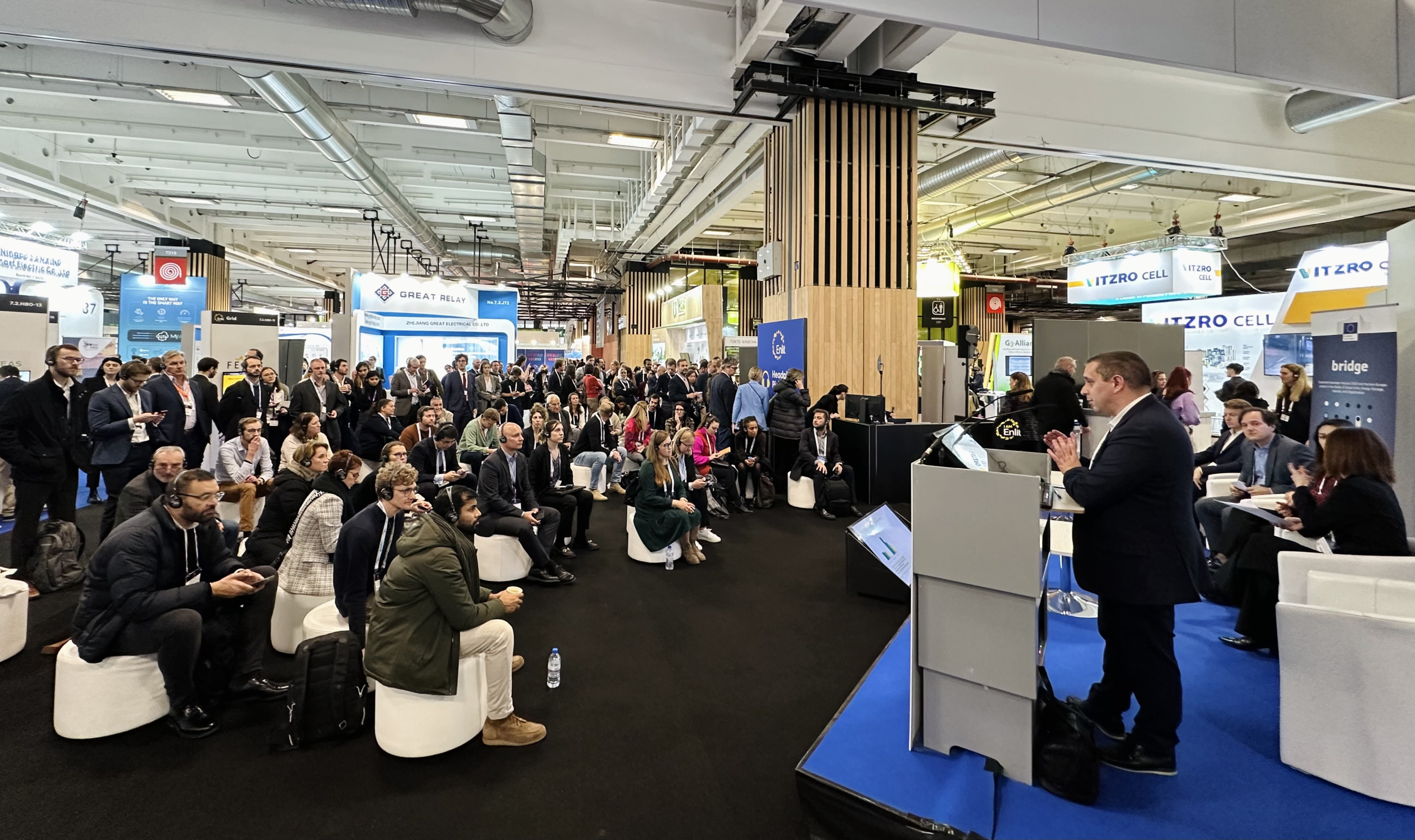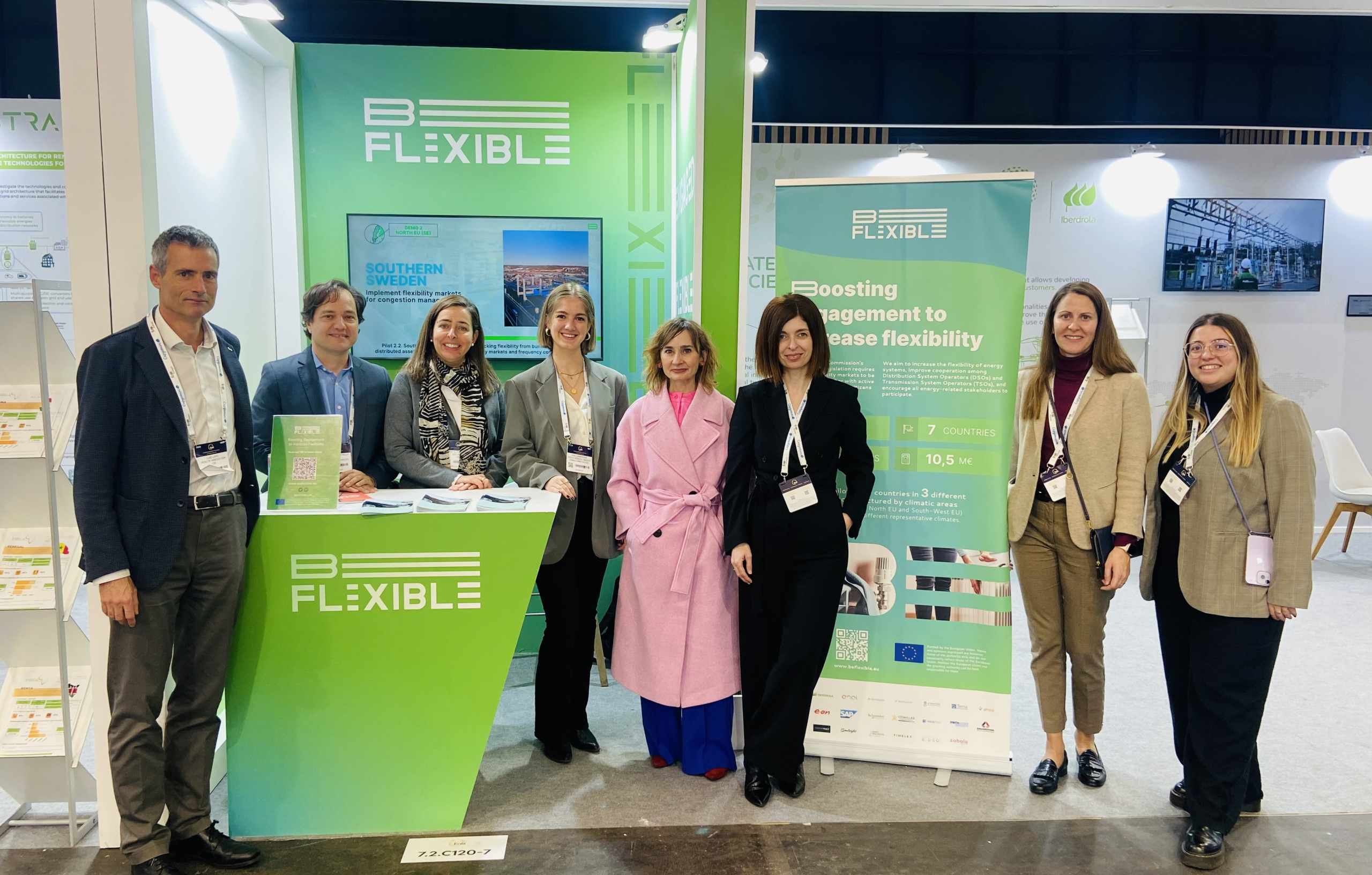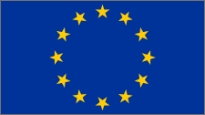Enabling a flexible future: new roles, market mechanisms and regulatory frameworks for the energy sector
Article authored by Matteo Troncia, Miguel Ángel Ruiz Hernández, Eliana Carolina Ormeño Mejía, José Pablo Chaves Ávila and Tomás Gomez San Román, from Universidad de Comillas
The power sector must evolve more efficiently and rapidly to meet current challenges, such as the uncertainty and variability in generation and demand due to the paradigm shift towards decentralized, decarbonized, and digitalized energy systems. A significant approach is to leverage the flexibility from connected resources like distributed generation, energy storage, and controllable loads, which can provide cost-effective and operational viable alternatives to traditional network reinforcement.
In this context, the BeFlexible project’s Deliverable 1.1 (D1.1) focuses on regulatory frameworks for the energy sector and market mechanisms to enable flexibility-centric services. It sets the groundwork for the project by proposing regulatory and market designs to foster flexibility deployment. The document outlines roles and responsibilities for emerging agents (e.g., aggregators, energy communities) and tools (e.g., baselining, submetering) to overcome current regulatory barriers. It also presents strategies for establishing remuneration schemes for flexibility usage and regulatory experimentation, as well as the efficient design of acquisition mechanisms for flexibility procurement.
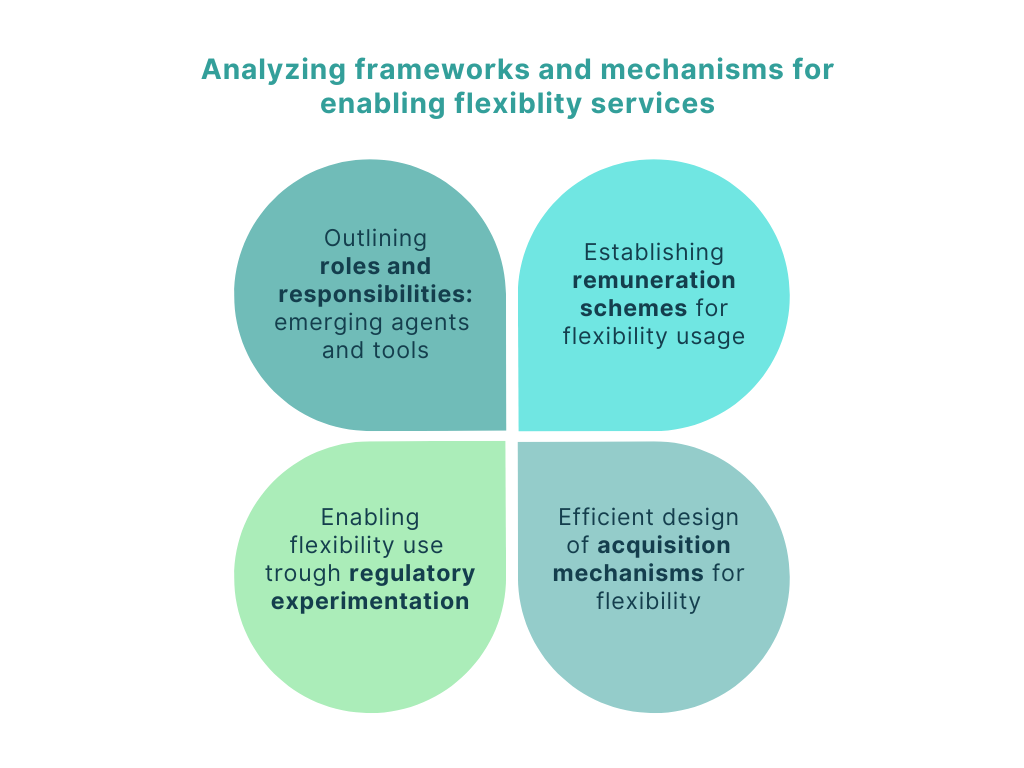
New roles and responsibilities to enhance the overall system flexibility
In D1.1, a comprehensive analysis of regulatory frameworks for the energy sector contributes to the deployment of flexibility in the electricity sector. Among others, D1.1 analyses both European and some target countries regulations pertinent to energy communities, aggregators, and submetering. This examination and the resulting insights are pivotal for policymakers and stakeholders aiming to mitigate existing barriers for the integration of energy communities, unlock the potential of aggregation and enhance electricity market participation.
The analysis of the European legal framework for energy communities sheds light on the legal definitions, characteristics, and requirements of energy communities, identifying five legal entities that currently coexist. The analysis highlights the diversity of regulatory approaches in the European countries underscoring common challenges and gaps. The report emphasizes the necessity for specific, measurable requirements and suggests considering a broader spectrum of energy carriers. Furthermore, dynamic allocation coefficients are proposed to foster innovative business models. Local factors like population density and network characteristics are crucial for implementing energy communities in different contexts.
The analysis of the aggregators’ role underscores the importance of their integration for grid resilience, sustainability, and efficiency. D1.1 delineates existing regulatory landscapes across Europe, identifying synergies and disparities, and proposes a series of regulatory recommendations aimed to enable aggregators. Key suggestions include the need for defining mechanisms for imbalances responsibilities, rebound effects, and ensuring transparency.
The D1.1 exploration of baselining methodologies and submetering technologies highlight their potential to facilitate market participation. Submetering may enable participation from smaller-scale energy resources supporting numerous market phases, from prequalification to activation and monitoring. Their adoption, in contexts lacking widespread smart meter infrastructure, can capture granular energy data essential for efficient market operation and participant engagement.
Incentivizing the flexibility use: DSO remuneration schemes
The core infrastructure of the ongoing energy transition is the electric distribution system. The electricity distribution network operation is considered a natural monopoly; therefore, is key to ensure the provision of this essential service at an efficient price while maintaining an attractive business for the regulated company by defining well-functioning remuneration schemes.
The cost-of-service approach is a traditional remuneration scheme for distribution companies. This approach fails to incentivize cost-efficiency and may hinder the potential of flexibility solutions. However, this approach is still present in some European countries.
The multi-year revenue trajectory with profit sharing is a regulatory approach for defining the allowed revenue of distribution companies that incentivizes cost-efficiency while sharing the benefits of achieved cost-efficiencies with customers. This is the approach taken by Portugal and the UK.
Portugal presents a case that may serve as a transition model for countries with traditional remuneration schemes to help foster flexibility solutions. However, the Portuguese approach still maintains a bias towards capital expenditures that hinders the potential of flexibility for some use cases.
The UK presents a more complex approach (i.e. the TOTEX approach) with equal treatment of capital and operational expenditures, eliminating barriers for flexibility in the remuneration scheme. The example of the UK may serve as a model for other countries after transitioning through the Portuguese model.
Enabling flexibility use: regulatory experimentation
Enabling innovation may result in new products and services (e.g. flexibility solutions), facilitating the integration of new technologies, driving down system cost and achieving emission targets. D1.1 analyses past experiences and previous research to give recommendations for the design of regulatory experimentation frameworks.
The advisory role of the regulator is key for a well-functioning experimentation framework as it allows innovators to correctly identify regulatory barriers, if any, and helps regulators keep pace with innovators’ needs.
Regulators may implement a top-down (the regulator designs the regulatory changes that market participants can test) and/or a bottom-up (the innovators/applicants identify and apply for exemptions for new business ideas) approach for regulatory experimentation. The top-down approach favours regulatory learning, while the bottom-up approach allows the regulator to be aware of innovators’ needs.
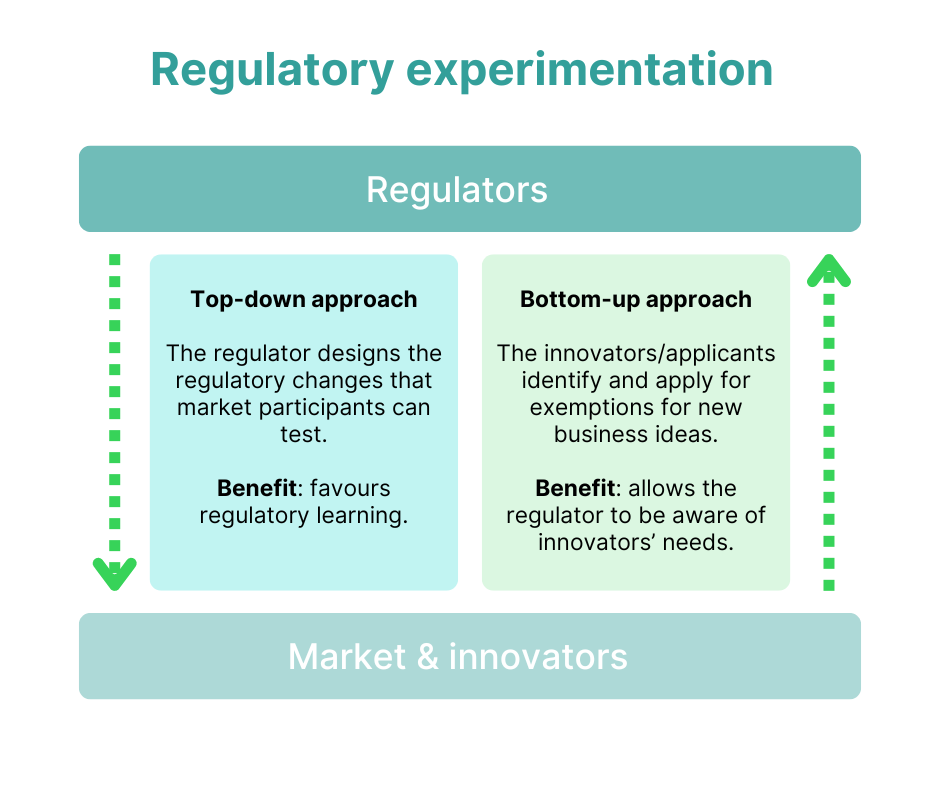
International collaboration between regulators is another key aspect that helps avoiding duplication efforts and errors, speeding up innovation.
As a final consideration, regulatory framework design is dynamic and should adapt to the current needs and objectives identified by the regulators.
Novel approaches to efficient design acquisition mechanisms for flexibility use
The flexibility potential available from service providers needs to be procured by means of acquisition mechanisms like network tariffs, flexible connection agreements, and local flexibility markets. D1.1 addresses the critical need for innovative flexibility acquisition mechanisms for distribution system operator (DSO) services, such as congestion management and voltage control. The existing design of acquisition mechanisms presents some limitations as they are traditionally designed and operated independently without considering their potential for integration.
The D1.1 examines these acquisition mechanisms to exploit their collective synergies and identify their inherent restrictions. It includes a detailed exploration considering their constitutive characteristics as design dimensions and options, which describe the nature and functionality of each acquisition mechanism. Therefore, in D1.1, a methodological framework is proposed to systematically assess the interaction between these mechanisms to increase their collective benefits while addressing any potential inefficiencies that might arise from their interplay . The insights provided by D1.1 guides future research and practical implementations, where integrated acquisition mechanisms can effectively support the efficient deployment of flexibility use.
This article summarizes key takeaways from Deliverable 1.1, titled “Regulatory framework for fostering flexibility deployment: roles, responsibility of agents & flexibility mechanism designs” developed within the framework of the BeFlexible project. To access the complete document, please click here.
Stay tuned with BeFlexible by following us on LinkedIn and X!







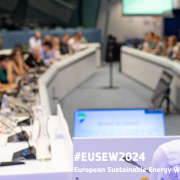

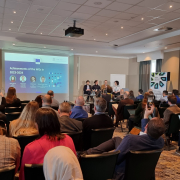
 Bridge General Assembly 2024
Bridge General Assembly 2024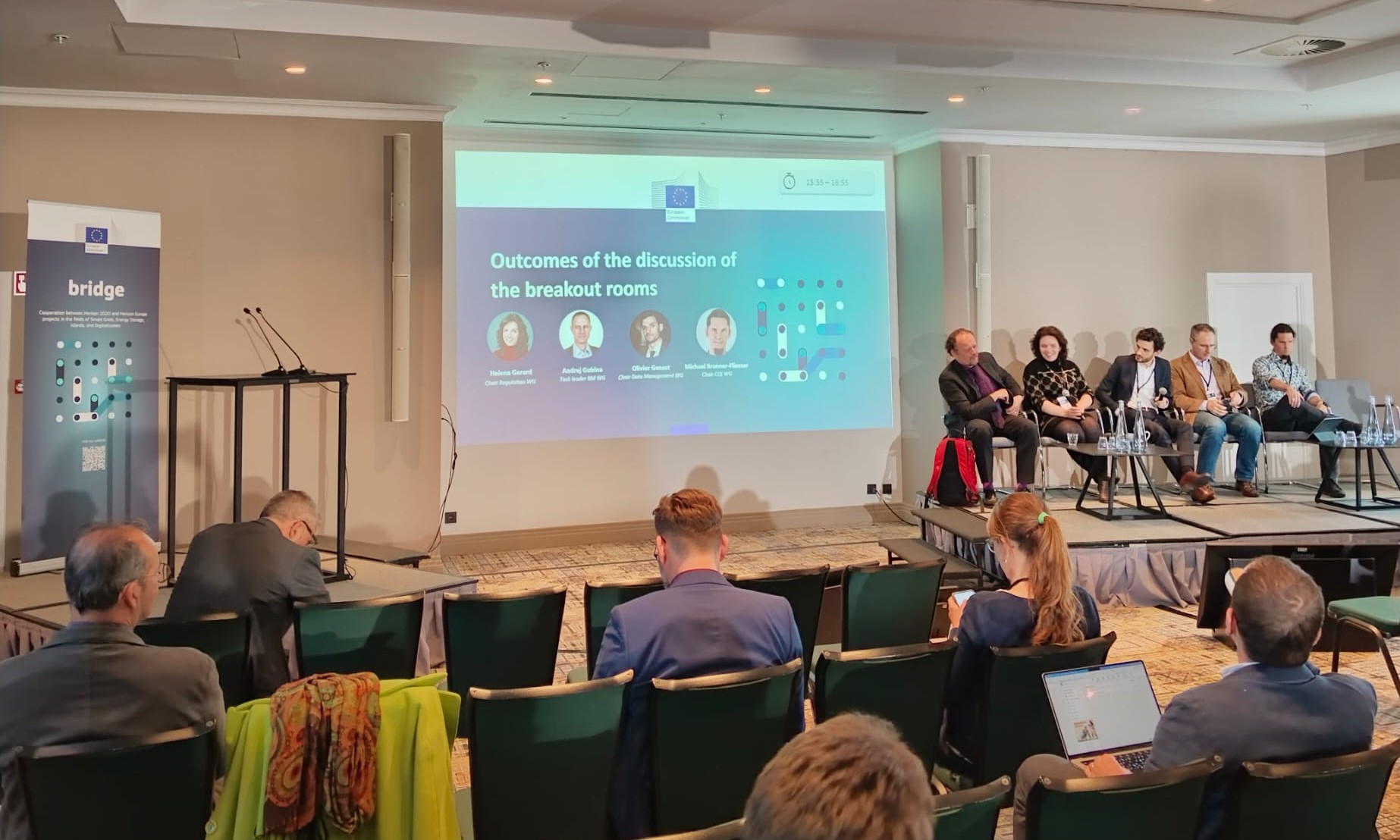 Bridge General Assembly 2024- Working Groups achievements
Bridge General Assembly 2024- Working Groups achievements
